Our Fibers RSS
Yak
Yak is a relatively recent addition to the fibers to crafters on this side of the world. The undercoat of the yak, known as yak down, is making inroads in local fiber arts stores throughout North America. Yak down has a micron measurement similar to cashmere, which means that yarn made from this luxury fiber is one of the softest and most snuggly fibers you can find. Domesticated yaks are found in the higher altitudes in Central Asia, as far south as the Himalayas, across the Tibetan Plateau, and as far north as Mongolia and nearby parts of Russia. Due...
Tussah Silk
Tussah, tussar, tusar, tasar, and more… so many names for just one type of silk! Produced in only a few countries, tussah silk is perhaps best known as a wild silk that is collected in the forests of India and other countries in South Asia. This golden-hued silk is different from cultivated silks – it is more textured and spins up into a yarn with a bit more loft to it. This loft provides exceptional breathability in warm weather as well as insulation in cooler weather, creating woven or knit fabrics that are comfortable to wear in nearly any season....
Polwarth Sheep
An extremely popular wool breed in many parts of the world, the Polwarth began its development into the fixed breed we know today the 1880s in southeastern Australia, in the state of Victoria. This breed originated on just three Australian family farms, and is today a popular and abundant wool producer for farms in many parts of the world. In 1840, Alexander Dennis and his brothers sailed from England to Australia to begin a new life. Hailing from the county of Cornwall, a region of England well known for its sheep farms, Dennis knew exactly what he was going to do...
Bluefaced Leicester (BFL) Sheep
Named for their beautiful gray-blue skin underneath their lustrous wool, the story of Bluefaced Leicester sheep is also the story of how England contributed to a revolution in livestock breeding. Read on, and learn all about how the family tree of this amazing sheep contributed to the sheep breeding techniques we still use today! In medieval Europe, sheep of all kinds were valued for both meat and wool, but it was long staple wool that was most sought after for making clothing, blankets, and other woolen goods. Prior to the development of Merino sheep, England was known both for the quality the...
Angora Goats - Mohair
Let’s take a look at mohair! Mohair comes from Angora goats, and to look at their history, we have to go back to when humans first learned to keep goats as livestock. Goats were among the first animals to be domesticated by humans; it is thought that goat domestication occurred during the Neolithic era. Neolithic farmers raised goats primarily for their meat, skins and milk. Based on archaeological evidence, the prevailing theory is that goat domestication likely first occurred in the hills below the Zagros Mountains, which run through Turkey, Iran and Iraq. It is not certain when people started...





